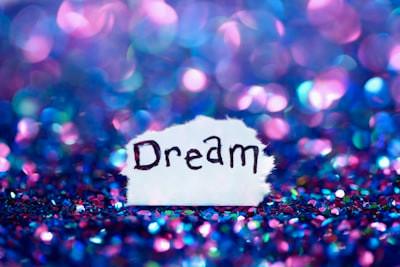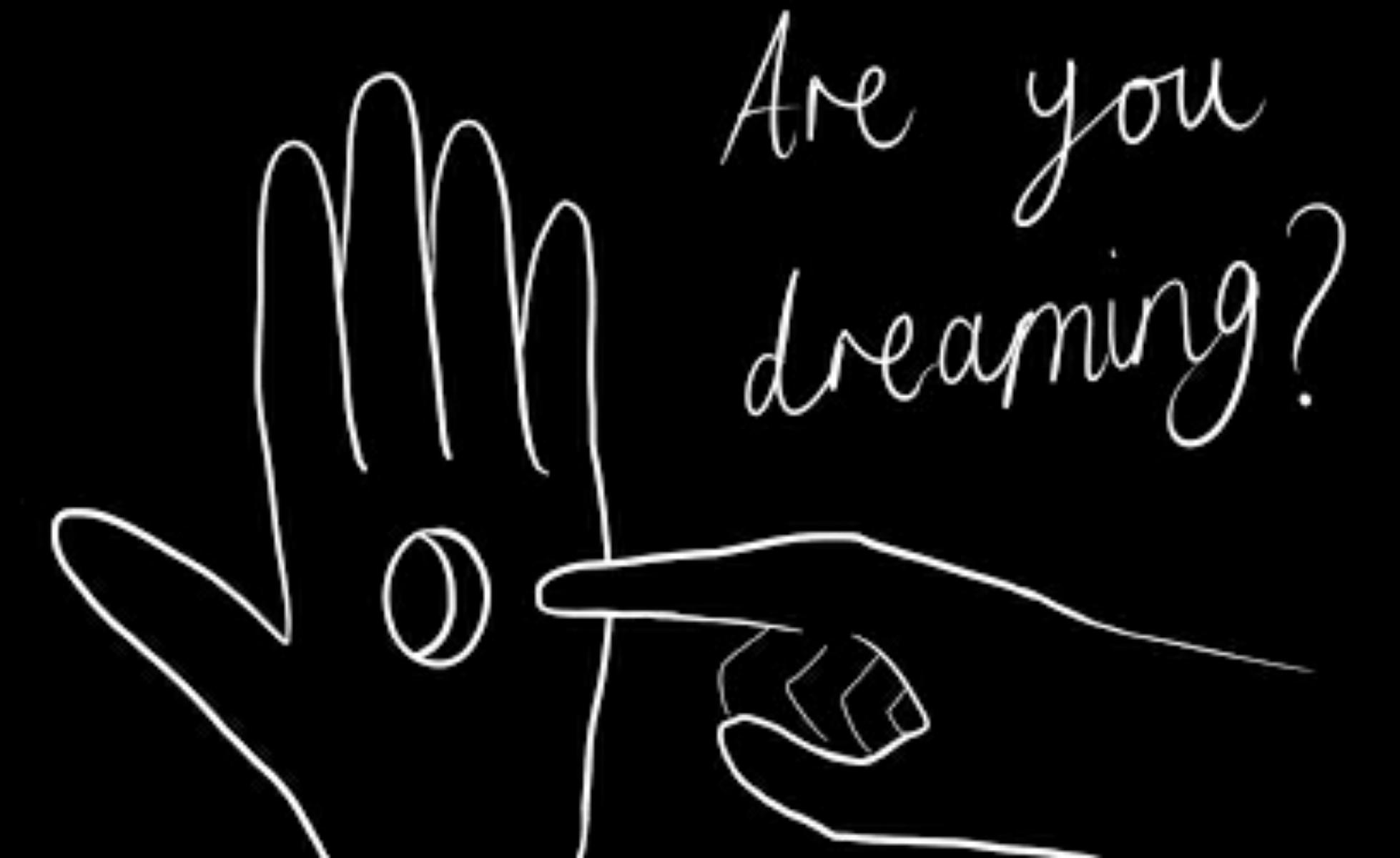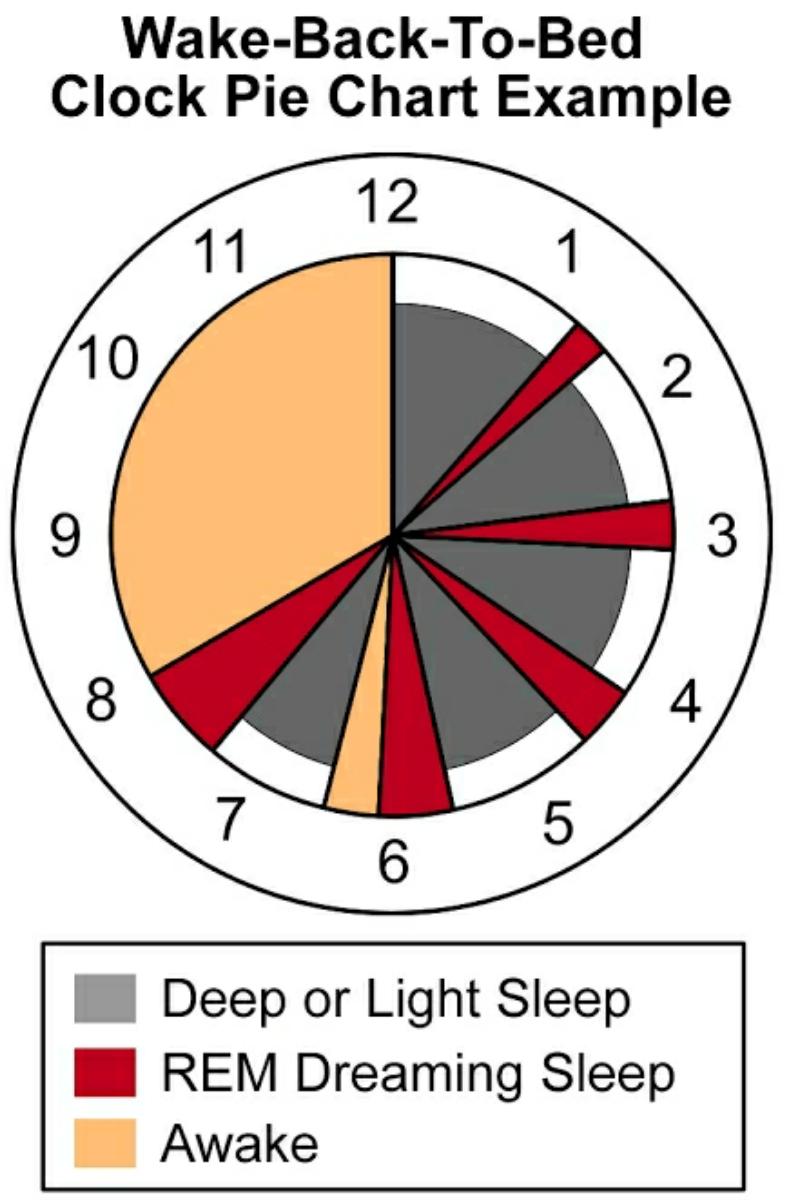Explore the World's Best Ideas
Join today and uncover 100+ curated journeys from 50+ topics. Unlock access to our mobile app with extensive features.
Dreams
Dreams have been responsible for some major creative and scientific discoveries in the course of human history.
No longer dismissed by psychologists as random neuron firings or meaningless fantasies, dreams are now considered an ongoing thought process that just happens to occur while we are asleep.
40
584 reads
Lucid Dreams
Lucid dreams are when you know that you’re dreaming while you’re asleep.
You’re aware that the events flashing through your brain aren’t really happening. But the dream feels vivid and real. You may even be able to control how the action unfolds, as if you’re directing a movie in your sleep.
Studies suggest that about half of people may have had at least one lucid dream.
36
358 reads
Asleep you can experience many hours whilst only a few waking moments have passed. This is why dreams are an ideal platform for training.
WAYNE GERARD TROTMAN
36
355 reads
How to Lucid Dream
Sometimes lucid dreams happen spontaneously and you don’t have to work towards it. But if you want to consciously make it work for you then there are certain techniques to follow:
- Reality testing
- Dream diary
- Wake-back-to-bed
- Mnemonic induction of lucid dreams (MILD)
41
327 reads
Reality Checking
This is when you pause at different times of the day to see whether you’re dreaming.
You can try to do something impossible, like push your finger through your palm or inhale through a closed mouth. Or you can do something that's usually hard to do in a dream, like read a page in a book.
40
315 reads
Dream Diary
When you write down your dreams, you’re forced to remember what happens during each dream. It’s said to help you recognize dreamsigns and enhance awareness of your dreams.
Log your dreams as soon as you wake up. It’s also recommended to read your dream journal often.
40
276 reads
Wake back to bed (WBTB)
Wake back to bed (WBTB) involves entering REM sleep while you’re still conscious.
To WBTB:
- Set an alarm for five hours after your bedtime.
- Go to sleep as usual.
- When the alarm goes off, stay up for 30 minutes. Enjoy a quiet activity like reading.
- Fall back asleep.
40
299 reads
Mnemonic induction of lucid dreams (MILD)
To use the MILD technique:
- As you fall asleep, think of a recent dream.
- Identify a “dreamsign,” or something that’s irregular or strange in the dream. An example is the ability to fly.
- Think about returning to the dream. Acknowledge that the dreamsign only happens when you dream.
- Tell yourself, "The next time I dream, I want to remember that I am dreaming." Recite the phrase in your head.
43
283 reads
Benefits of Lucid Dreams
- Less anxiety. When you’re aware that you’re in a dream, you can shape the story and the ending. That might serve as therapy for people who have nightmares, teaching them how to control their dreams.
- Better motor skills. Visualizing physical movements in lucid dream can increase the actual ability to do them.
- Improved problem-solving. Lucid dreams can help people solve problems that deal with creativity.
- More creativity. Some people taking part in lucid dream studies were able to come up with new ideas or insights, sometimes with the help of characters in their dreams.
42
264 reads
IDEAS CURATED BY
Aaditya 's ideas are part of this journey:
Learn more about scienceandnature with this collection
Proper running form
Tips for staying motivated
Importance of rest and recovery
Related collections
Similar ideas
7 ideas
Lucid Dreams
webmd.com
10 ideas
10 Interesting Facts About Dreams
verywellmind.com
13 ideas
How To Lucid Dream: 5 Techniques, Benefits, and Cautions
healthline.com
Read & Learn
20x Faster
without
deepstash
with
deepstash
with
deepstash
Personalized microlearning
—
100+ Learning Journeys
—
Access to 200,000+ ideas
—
Access to the mobile app
—
Unlimited idea saving
—
—
Unlimited history
—
—
Unlimited listening to ideas
—
—
Downloading & offline access
—
—
Supercharge your mind with one idea per day
Enter your email and spend 1 minute every day to learn something new.
I agree to receive email updates








